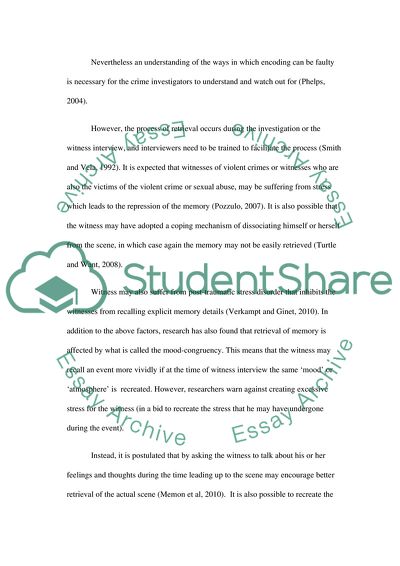Cite this document
(The Interview Process Assignment Example | Topics and Well Written Essays - 2000 words, n.d.)
The Interview Process Assignment Example | Topics and Well Written Essays - 2000 words. Retrieved from https://studentshare.org/sociology/1617986-report-method-of-investigation-with-witness
The Interview Process Assignment Example | Topics and Well Written Essays - 2000 words. Retrieved from https://studentshare.org/sociology/1617986-report-method-of-investigation-with-witness
(The Interview Process Assignment Example | Topics and Well Written Essays - 2000 Words)
The Interview Process Assignment Example | Topics and Well Written Essays - 2000 Words. https://studentshare.org/sociology/1617986-report-method-of-investigation-with-witness.
The Interview Process Assignment Example | Topics and Well Written Essays - 2000 Words. https://studentshare.org/sociology/1617986-report-method-of-investigation-with-witness.
“The Interview Process Assignment Example | Topics and Well Written Essays - 2000 Words”, n.d. https://studentshare.org/sociology/1617986-report-method-of-investigation-with-witness.


